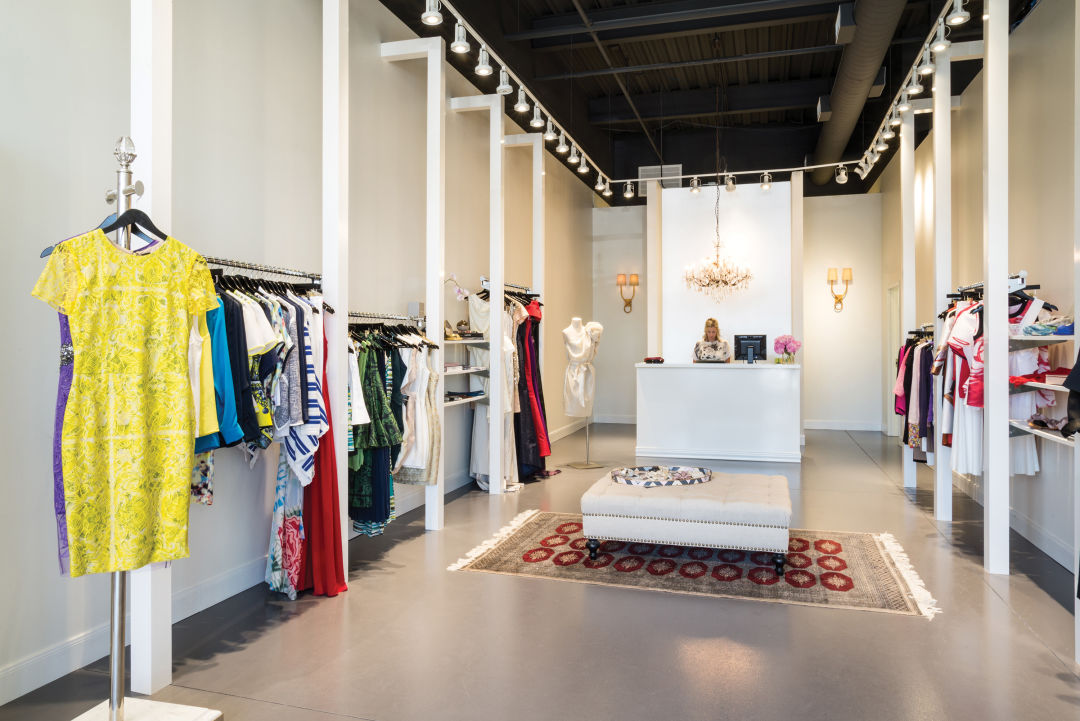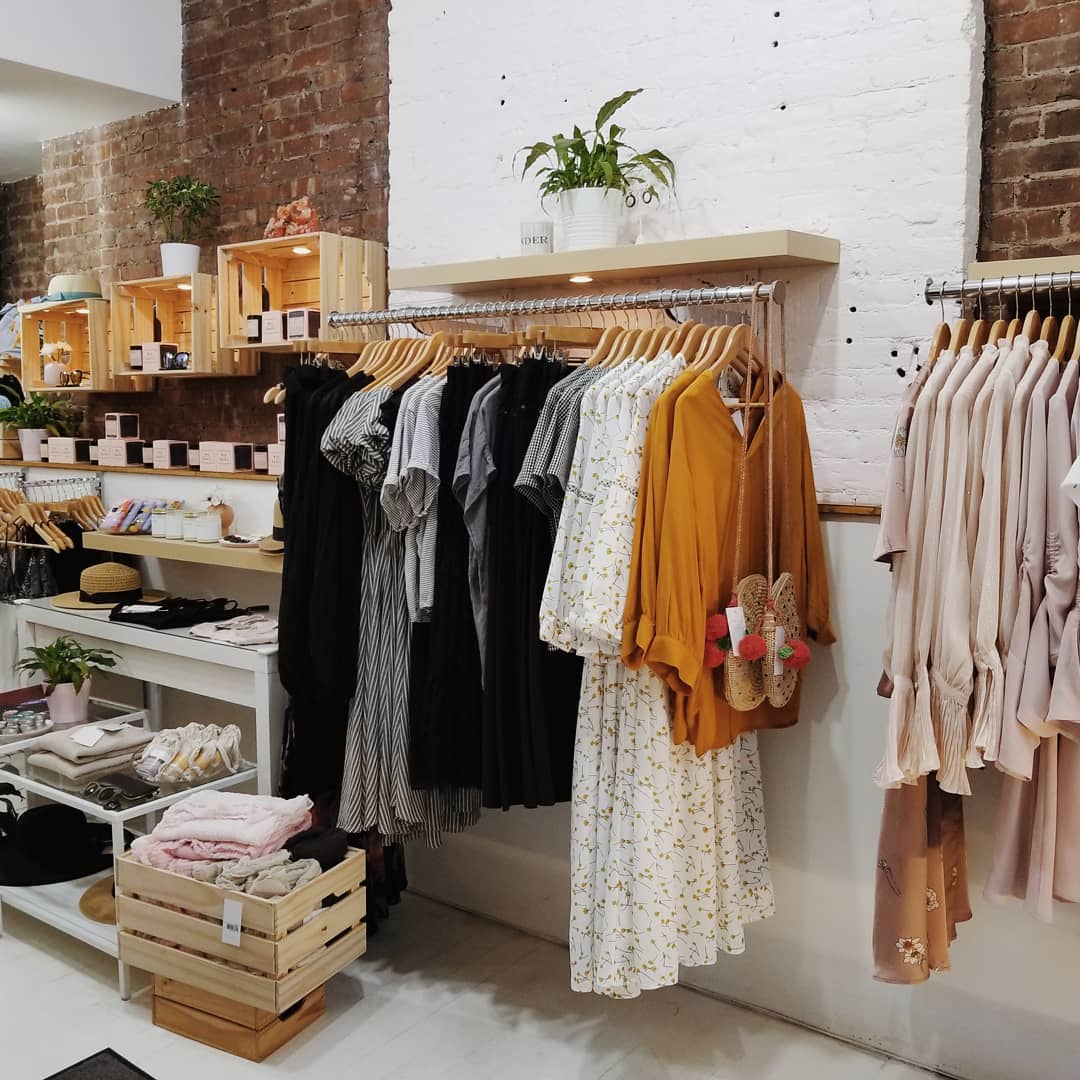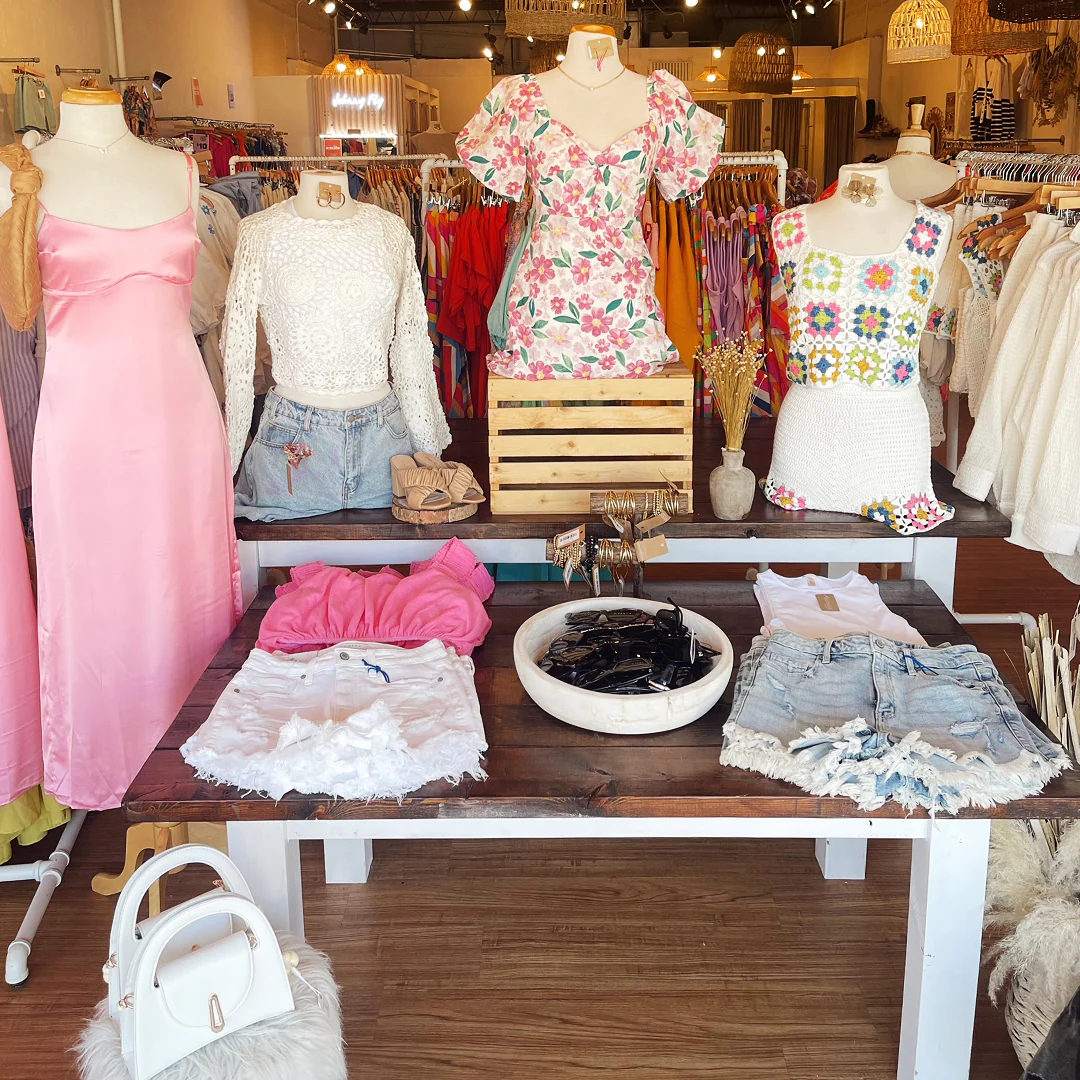Exactly how to Style Your Outfits with Boutique Fashion Locates
Exactly how to Style Your Outfits with Boutique Fashion Locates
Blog Article
Exploring the Development and Effect of Garments on Modern Style Trends
The evolution of garments has considerably influenced modern-day style trends, merging historical precedents with cutting-edge innovations. Legendary numbers like Coco Chanel and Yves Saint Laurent reinvented the garment industry by presenting principles that focus on convenience and access, which continue to reverberate today. At the same time, technological strides in locations such as 3D printing and wise fabrics are redefining design opportunities and consumer experiences. Additionally, the growing emphasis on inclusivity and sustainability is reshaping market criteria. As we take into consideration these multifaceted influences, one need to doubt exactly how these aspects collectively redefine style's role in mirroring and forming contemporary culture.
Historic Fashion Influencers
In the tapestry of fashion background, particular numbers have left an indelible mark, shaping the patterns and designs that define whole periods. Coco Chanel, a cutting edge designer, redefined women's style by presenting comfortable, elegant apparel that left from restrictive bodices. Her famous Chanel suit and little black dress have actually come to be classic staples in closets worldwide. Christian Dior's post-war "New Look" in 1947, with its celebration of feminineness through complete skirts and cinched midsections, noted a return to luxury and has proceeded to affect designers.
Elsa Schiaparelli is another pivotal figure, renowned for her progressive designs that included surrealist art, collaborating with Salvador Dalí to produce whimsical items that tested standard visual appeals. Her innovative use color and bold patterns resounds in contemporary fashion. Yves Saint Laurent, at the same time, equalized high fashion with prêt-à-porter collections, bringing runway designs to the masses and establishing a precedent for modern ready-to-wear lines.
These visionaries, amongst others, not just reinvented fashion in their times however also established enduring patterns that resonate in today's garment industry, supplying a foundation whereupon contemporary developers continue to innovate and develop. Their heritages emphasize the significance of creative thinking and bold in fashion's ever-evolving story.
Technical Innovations in Fashion
Amidst the dynamic landscape of the style market, technical advancements stand at the leading edge of technology, improving just how developers develop and customers engage with fashion. The combination of 3D printing has actually reinvented design procedures, allowing designers to experiment with complex structures and lasting materials that were formerly impossible. This technology facilitates fast prototyping, minimizing waste and quickening production times.

Smart fabrics, installing technology right into materials, are also transforming the sector. Advancements like self-cleaning and temperature-regulating fabrics offer boosted functionality and comfort. Wearable innovation, incorporating attributes like physical fitness tracking and interaction, adds a new measurement to style, combining looks with usefulness.
Cultural Shifts and Design
As technological innovations remain to improve the fashion business, cultural shifts are equally prominent, redefining style and Homepage customer choices. Over the last few years, the increase of social media platforms has sped up the circulation of international style patterns, permitting diverse social influences to assemble and coexist. This digital interconnectivity has helped with the fast exchange of concepts, resulting in a much more diverse and comprehensive analysis of design that shows the multifaceted nature of modern society.
Social awareness and recognition have actually triggered developers to attract motivation from a broader spectrum of ethnic and historic contexts, incorporating standard themes with contemporary visual appeals. This blend has led to style that resonates with a larger target market, promoting a feeling of identification and belonging throughout various demographics. Furthermore, the here are the findings boosting demand for customization has driven brand names to offer customizable alternatives, allowing consumers to share uniqueness while mirroring their cultural heritage.
Moreover, moving societal worths have impacted style, with inclusivity and variety ending up being main styles. The market has begun to welcome designs and influencers of various type of body, ethnicities, and gender identities, difficult conventional charm standards. This change emphasizes the power of cultural changes fit the future of fashion, as design ends up being an extra authentic expression of cumulative and personal identity.
Sustainability and Modern Layout
While the garment industry proceeds to develop, the essential for sustainability has ended up being significantly immediate, affecting modern-day layout techniques. This change intends to resolve ecological worries and ethical factors to consider, leading to a reevaluation of conventional manufacturing methods. Developers are currently integrating lasting materials, such as organic cotton, recycled polyester, and eco-friendly textiles, into their collections, minimizing the eco-friendly impact of fashion. The increase of slow-moving style, which stresses quality over quantity, urges consumers to spend in ageless items instead of short-term patterns.
Moreover, modern-day design is defined by its advancement in reducing waste and promoting circularity. This approach not only minimizes ecological influence however additionally enhances the social duty of style homes.

Future Trends in Style

Sustainability will certainly remain to be a driving force in shaping future fashion fads. The industry is progressively taking on eco-friendly products and moral production techniques, reacting to a growing customer need for liable techniques. Advancements such as bio-fabricated products and closed-loop recycling systems are readied to redefine exactly how clothes is generated and eaten, minimizing environmental influence while maintaining style and top quality.
Social shifts, including the rise of inclusivity and variety, will likewise play a pivotal function. As society comes to be extra familiar with social issues, style is expected to become a platform for expression and adjustment. Developers will likely concentrate on developing collections that show a more comprehensive range of experiences and identities, championing representation and accessibility.
Conclusion
The development of clothing significantly affects modern style patterns, where historical influences combine with contemporary styles. This ongoing evolution emphasizes fashion's duty as a mirror to social values and technological development, suggesting a future abundant with development and inclusivity.
The advancement of garments has substantially affected modern fashion patterns, combining historic criteria with sophisticated developments.In the middle of the vibrant landscape of the fashion industry, technical advancements stand at the center of technology, reshaping exactly how designers develop and customers engage with fashion.While the style sector continues to progress, the vital for sustainability has actually come to be significantly immediate, affecting contemporary design methods. As sustainability published here becomes ingrained in modern-day design, it paves the means for a much more liable and aware fashion market.
The development of apparel dramatically impacts modern fashion patterns, where historic influences combine with contemporary designs.
Report this page